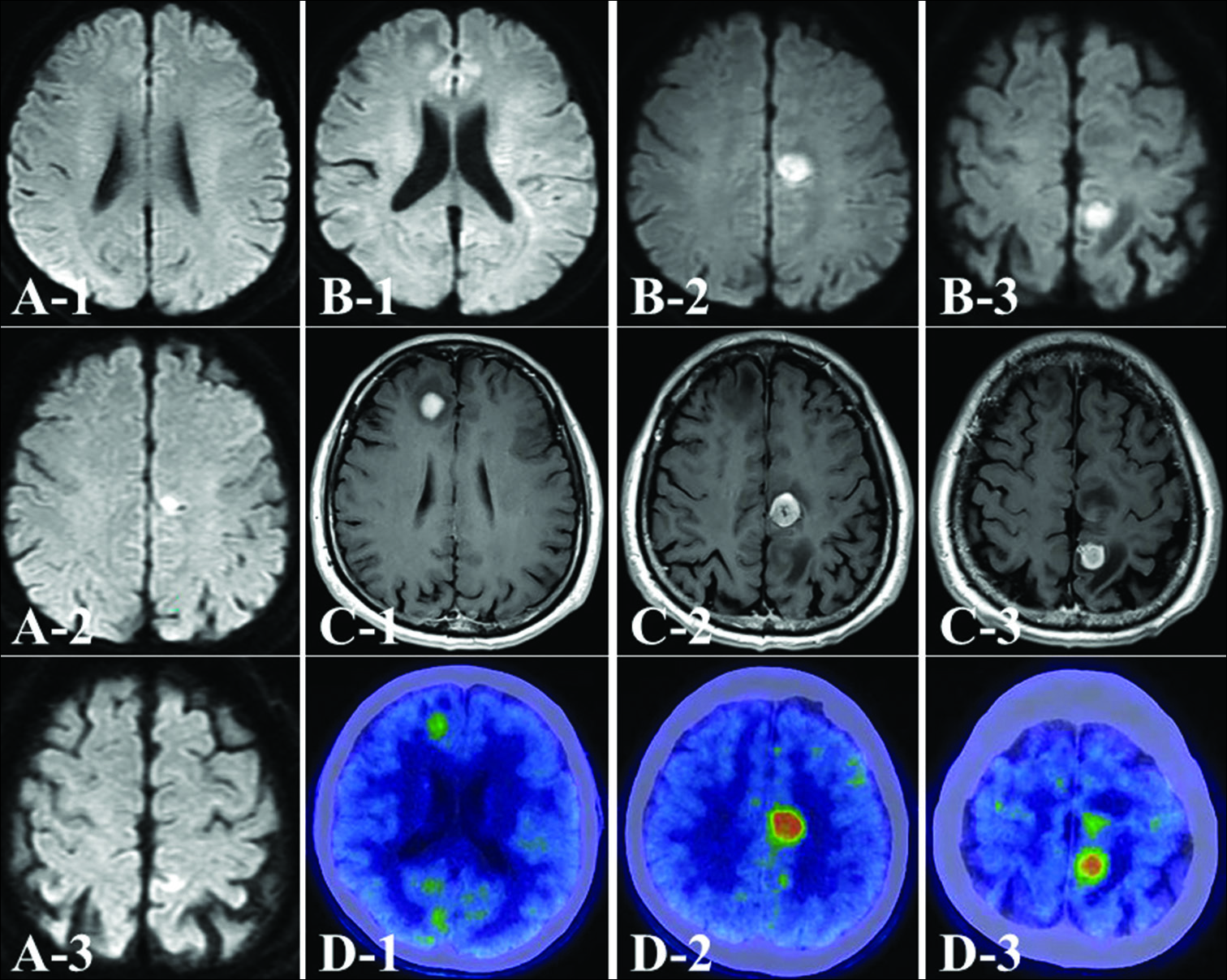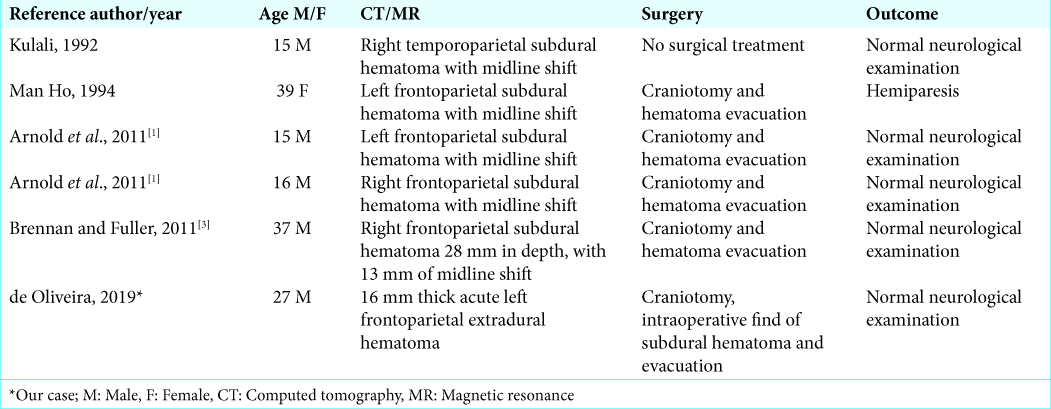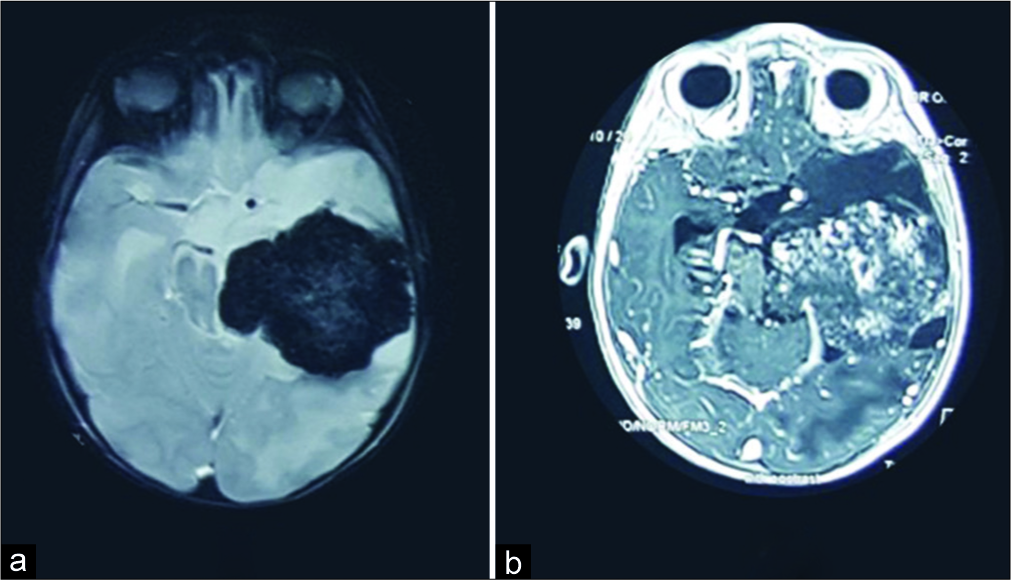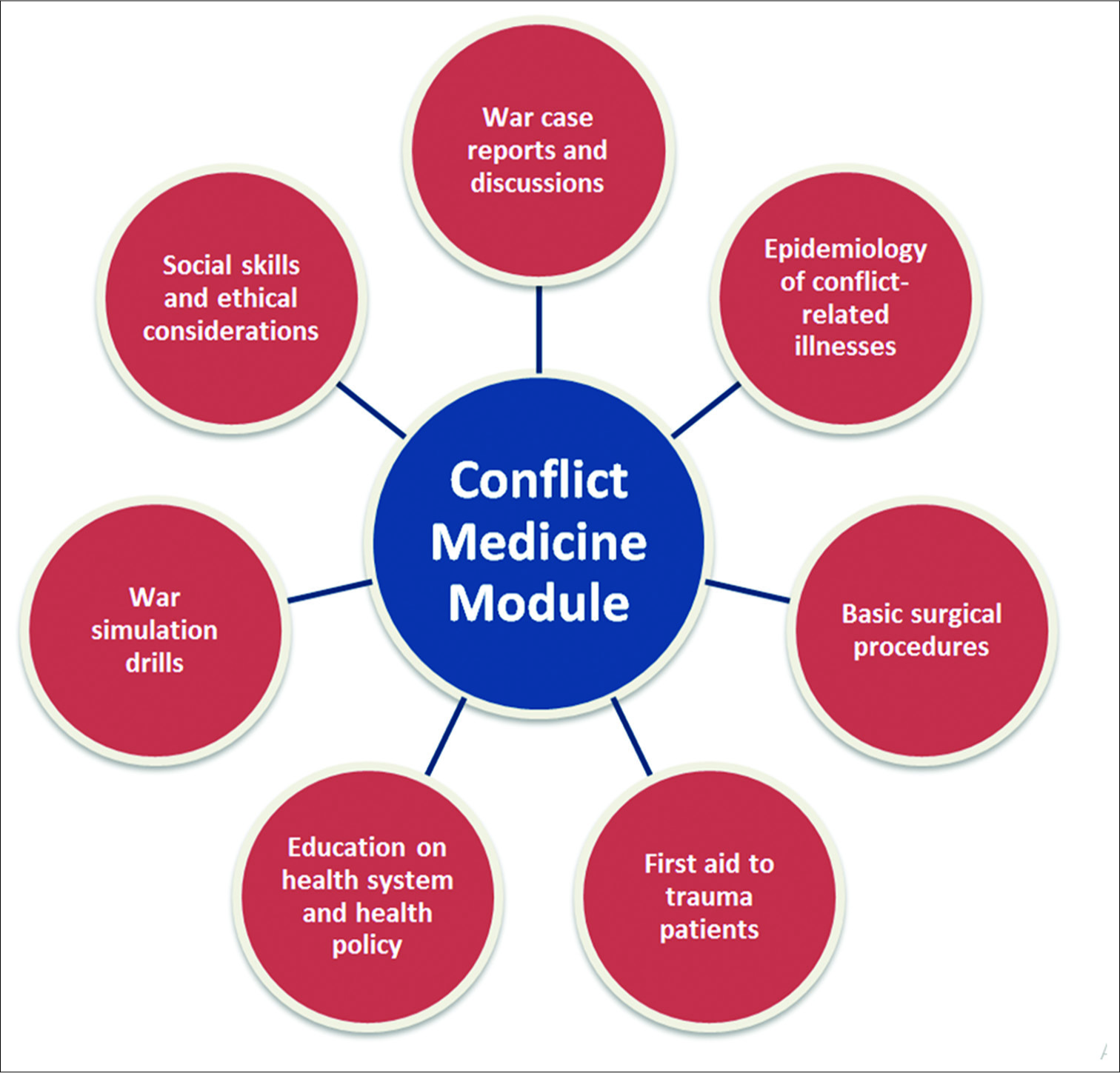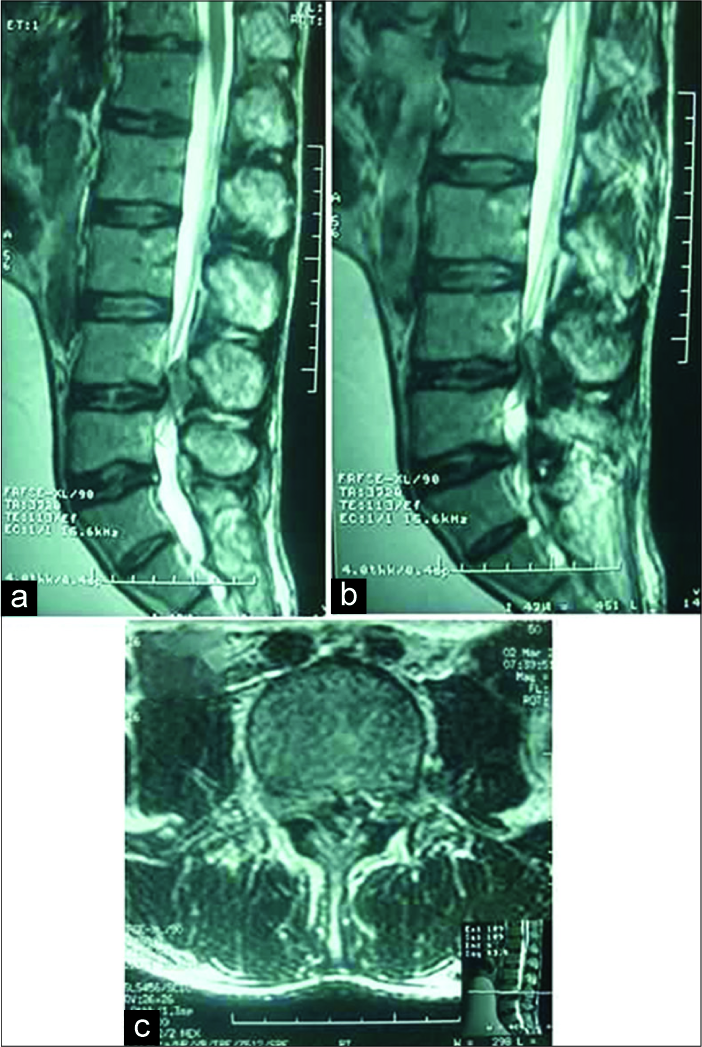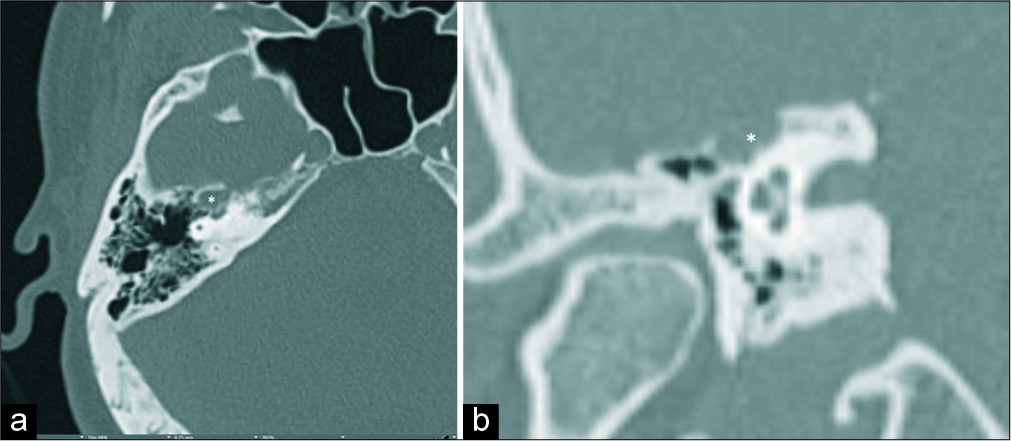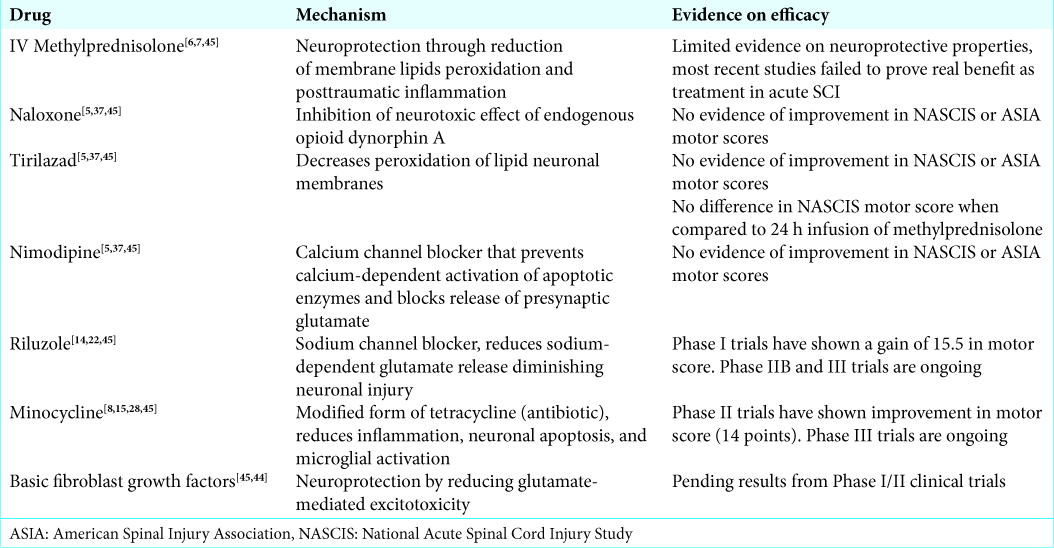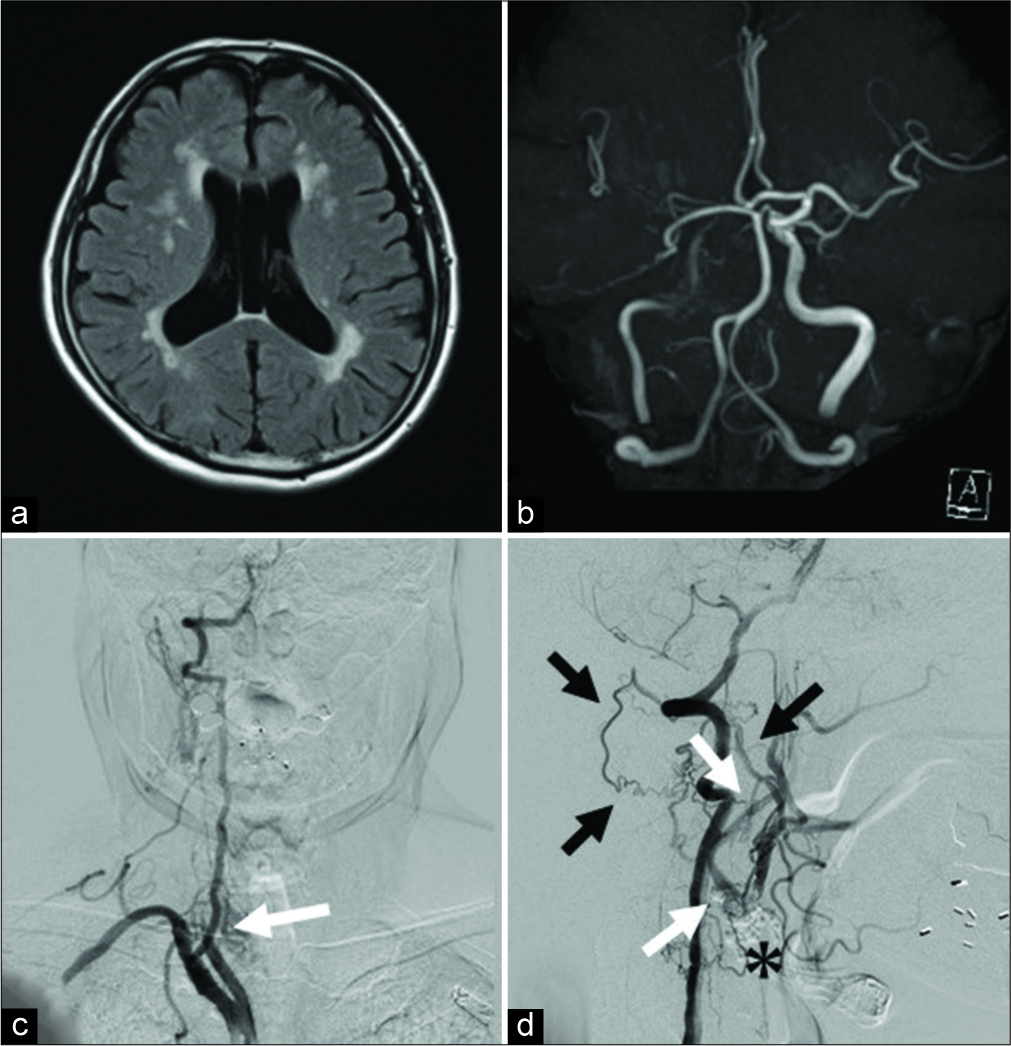Epithelioid glioblastoma presenting as multicentric glioma: A case report and review of the literature
Date of publication: 17-Jan-2020
Background: Epithelioid glioblastoma is a rare aggressive variant of glioblastoma multiforme (GBM), which was formally recognized by the World Health Organization classification of the central nervous system in 2016. Clinically, epithelioid GBMs are characterized by aggressive features, such as metastases and cerebrospinal fluid dissemination, and an extremely poor prognosis. A rare case of epithelioid GBM that was discovered as a multicentric glioma with different histopathology is reported.
Rare acute idiopathic subdural hematoma: A case report and literature review
Date of publication: 17-Jan-2020
Background: Acute spontaneous subdural hematoma is rare. For patients under 40 years of age, we found only five previous reports. Here, we have presented a sixth case study.
Rare case of giant pediatric cavernous angioma of the temporal lobe: A case report and review of the literature
Date of publication: 10-Jan-2020
Background: Giant cavernous malformations of the central nervous system are quite rare. They are more common in children and may be misdiagnosed as other intracranial neoplasms. Here, we presented a very rare giant cavernous angioma mimicking a neoplastic temporal lobe lesion in an 18-month-old male.
Primary Ewing’s sarcoma of the petroclival bone: A case report and literature review
Date of publication: 10-Jan-2020
Background: Primary Ewing’s sarcoma (ES) is typically seen within the long bones, vertebrae, or pelvis. Uncommonly, it can be found within the cranium among the rarest locations for primary ES are the skull base, in particular, the petroclival bone.
Medical schools in times of war: Integrating conflict medicine in medical education
Date of publication: 03-Jan-2020
Abstract
Amid the rise in conflict and war and their ensuing repercussions, traumatic injuries, psychological distress, and communicable diseases spread widely. Today, health-care providers in the Middle East are faced with new and unfamiliar cases resulting from the use of new and advanced types of weapons. In addition, there has not been enough emphasis on hands-on experiences in medical school, which can be imperative in times of war. Lack of academia is another inadequacy that limits the transmission of knowledge onto the newer generations. Here, we will shed light on the inadequacies in medical curricula in the Middle East when it comes to addressing patients of war. We also call for action to advance medical education in war-ridden areas by incorporating “conflict medicine” as an integral module in medical curricula.
Posterior epidural migration of a lumbar disc herniation
Date of publication: 03-Jan-2020
Background: Posterior epidural migration of a lumbar disc fragment (PEMLDF) refers to the dorsal migration of disc material around the thecal sac that can lead to radiculopathy and/or cause a cauda equina syndrome. It is rare and the diagnosis is often just established intraoperatively.
A case of a facial nerve venous malformation presenting with crocodile tear syndrome
Date of publication: 03-Jan-2020
Background: Crocodile tears syndrome, also known as Bogorad syndrome, is characterized by lacrimation secondary to olfactory and gustatory stimuli and mastication. Crocodile tear syndrome is typically encountered as an uncommon complication of Bell’s palsy and usually occurs during the recovery phase of the disease course.
Current advancements in the management of spinal cord injury: A comprehensive review of literature
Date of publication: 03-Jan-2020
Background: Spinal cord injury (SCI) carries debilitating lifelong consequences and, therefore, requires careful review of different treatment strategies.
Two cases of symptomatic common carotid artery occlusion treated by carotid endarterectomy with L-shaped ministernotomy
Date of publication: 03-Jan-2020
Background: Common carotid artery occlusion (CCAO) is rare. Symptomatic lesions are resistant to medical treatment and revascularization are often required, but there is no consensus on the treatment of CCAO. In this paper, two cases of symptomatic CCAO treated by carotid endarterectomy (CEA) with L-shaped ministernotomy, in which the lesions extended to the beginning part of the CCA, are reported.
Surgical excision of trigeminal (V3) schwannoma through endoscopic transpterygoid approach
Date of publication: 27-Dec-2019
Background: Endoscopic endonasal transpterygoid (EET) approach is well suited for trigeminal schwannomas.


